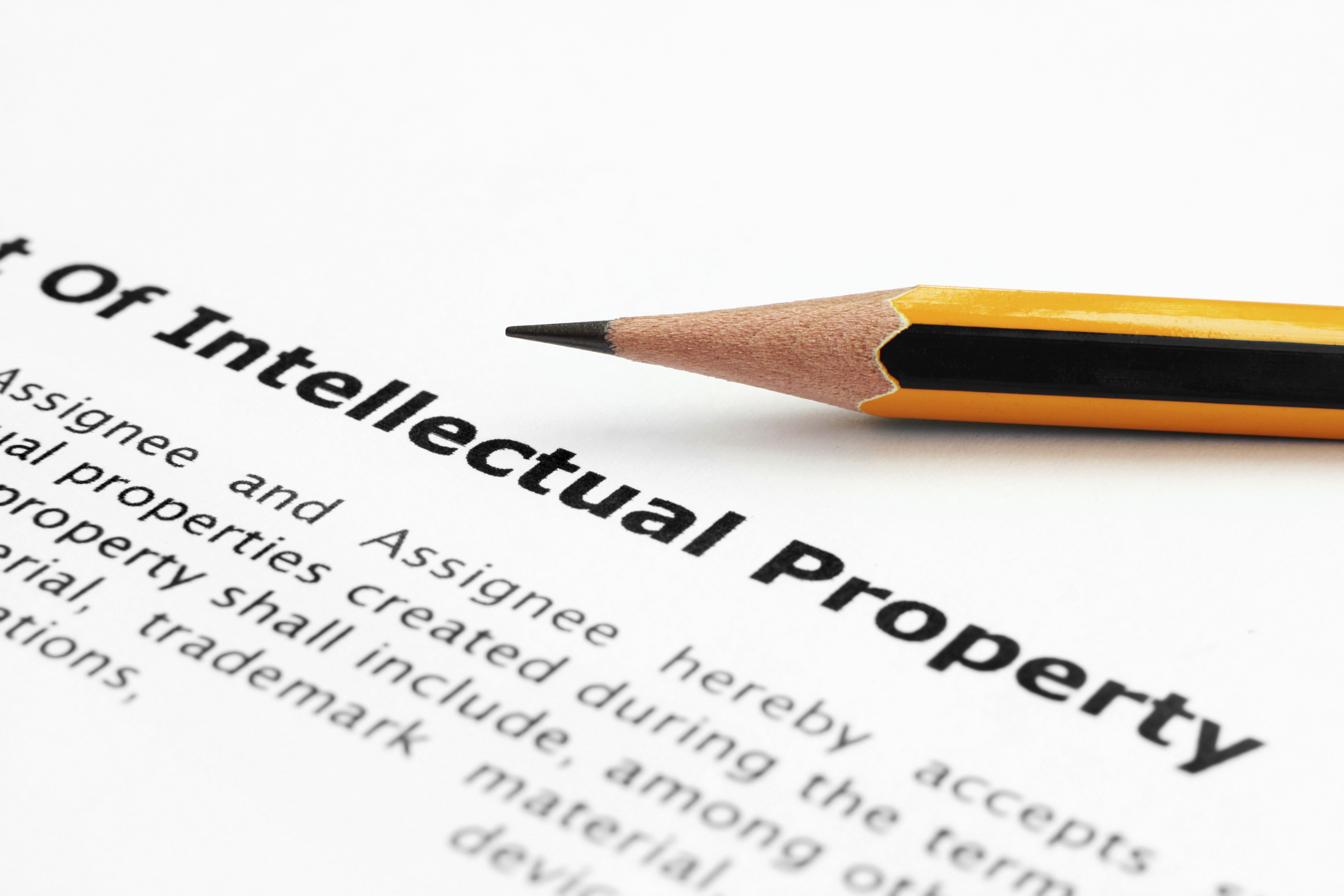Intellectual property is an intangible property or proprietary asset, which applies to any product of the human intellect that has commercial value.
Intellectual Property Rights (I P Rights) are one’s legal rights in respect of the ‘property’ created by one’s mind-such as an invention, or piece of music, or an artistic work, or a name or slogan or symbol, or a design, which is used in commerce, in the form of books, music, computer software, designs, technological know-how, trade symbols, etc.
These rights are largely covered by the laws governing Patents, Trademarks, Copyright and Designs. These various laws protect the holder of IP rights from third party encroachment of these rights. It also allows them to exercise various exclusive rights over their intellectual property.
ADVERTISEMENTS:
Intellectual property laws and enforcement vary widely from jurisdiction to jurisdiction. There are inter-governmental efforts to harmonize them through international treaties such as the 1994 World Trade Organization (WTO) Agreement on Trade-Related Aspects of Intellectual Property Rights (TRIPs), while other treaties may facilitate registration in more than one jurisdiction at a time.
With companies, institutions and individuals constantly forging ahead in newer fields and geographical territories and with path breaking inventions I becoming the norm, the field of Intellectual Property Rights has assumed primordial importance, especially in emerging economies like India.
Patents are exclusive rights granted by the Government to a company/individual for an invention. Patents are time bound, in India for instance, patents are granted for a period of 20 years from the date of filing of the patent application.
ADVERTISEMENTS:
It is also to be noted that the patents are valid only within the territory where they have been granted.
The idea behind a patent is exclusivity of use of the invention within a particular territory. Thus, the owner of a patent has the exclusive right to stop others from making, selling, offering for sale, importing or using the patented invention in any other way. This however applies only for the term of the patent within the country where the patent has been obtained.
The inventor(s),’ assignee(s), legal representative(s) of deceased inventor or assignee may make the application, either solely or jointly. In India, the patent system follows the First-to-File principle. This means the right to obtain a patent lies with the first person to file the application. It is advisable therefore to:
(i) File the application as early as possible
ADVERTISEMENTS:
(ii) File before making any non-confidential disclosures
A patent gives legal/commercial protection to the Applicant(s) (individual(s)/ company(s)) holding it –
For the individual (Inventors)-
(i) Enjoy monopoly of the technology for 20 years
(ii) Makes any invention/technology saleable
(iii) Facilitates the creation of distribution and licensing agreements
(iv) Provides inventors a basis for further invention or improvisation
(v) Establishes the patent owner and inventor as the market leader and attracts customers
(vi) Informs the marketplace of an individual’s serious commercial intent
For the Company(s)-
(i) Licensing or sale avenues open up, creating new revenue streams.
(ii) Consolidates/strengthens market position.
(iii) Increase in negotiating power through cross licenses or Joint Venture agreements.
(iv) Fuels a company culture of innovation, brand presence and design.
(v) Attracts new capital for product development.
(vi) Creates and enhances company image to potential investors, customers, manufacturers and distributors.
(vii) Keeps the talent bank secure, thus encouraging more inventions in future.
(viii) Makes it easier to operate in overseas markets and to sign up distributors.
An invention means a new product or a process involving an inventive step and capable of having industrial application.
Novelty:
The invention has to be new and cannot be part of the “prior state of art”. This prior art refers to everything that has been published, presented or disclosed to the public, as on the date of filing for the patent.
Inventive Step:
The invention will be judged by a person skilled in the relevant area. It should not be an obvious extension of the state-of-the- art. It should involve a significant technical advance as compared to the existing knowledge or should have a noticeable economic impact or both. In short, the invention should be non-obvious to a person skilled in the art.
An inventing cannot be considered to have an inventive step if a non- inventive mind would have thought of the alleged invention by combining the teachings of different documents that are available to the public.
Industrial Applicability:
An invention must be capable of being produced or used in some kind of industry. It has to take the form of an apparatus or device, a product such as some new material or an industrial process. An invention is certified for applicability, if it:
(a) Can be made
(b) Can be used in at least one field of activity
(c) Can be reproduced with the same characteristics as many times as necessary.

